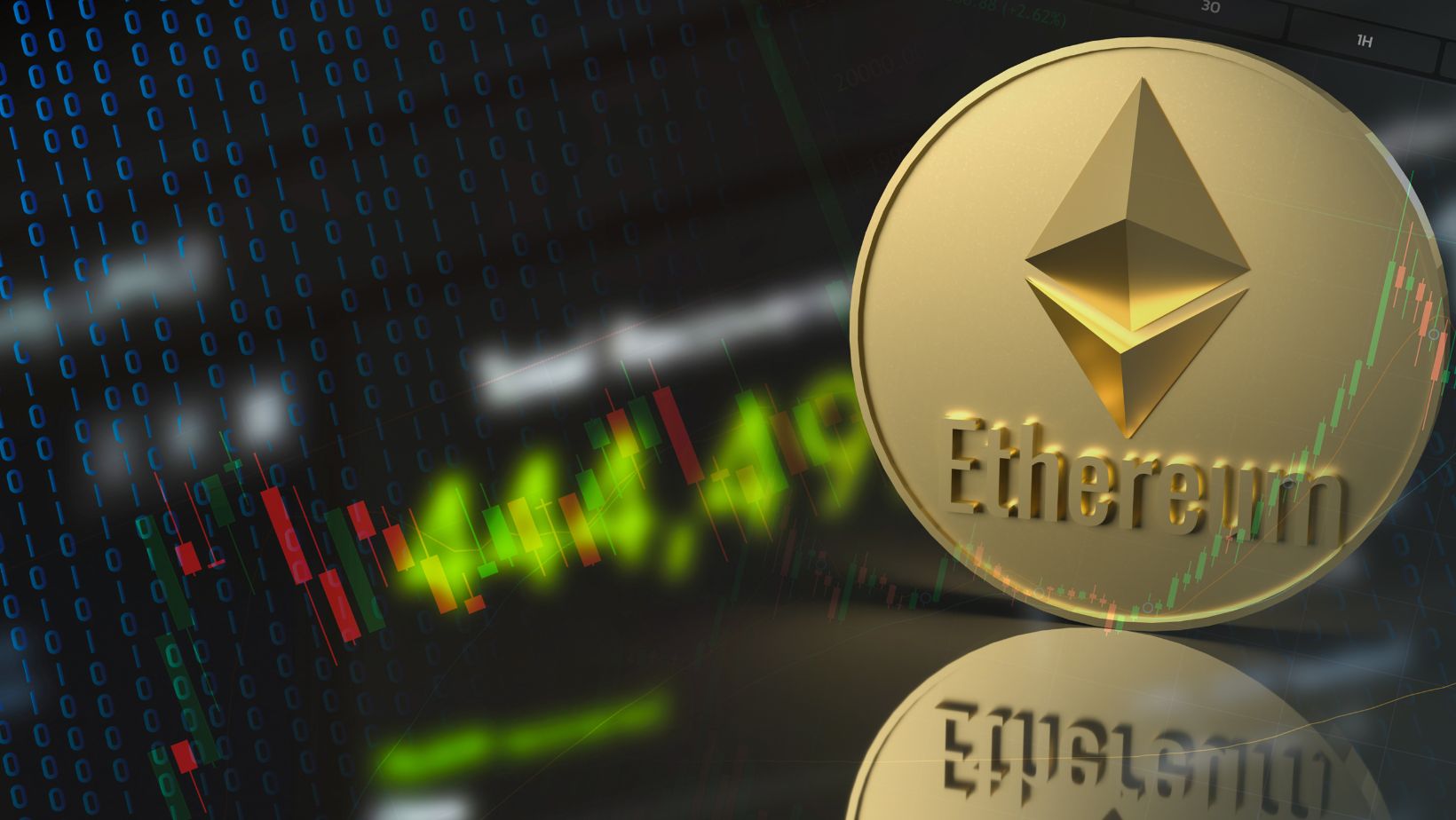Although Ethereum is still far behind Bitcoin in terms of market capitalization, it is arguably the most essential participant in the development and innovation of blockchain technology and functionality. Ethereum has been a pioneer since day one, launching the concepts of decentralized finance and applications, as well as creating non-fungible tokens, a model that was later replicated by Bitcoin under the form of the Ordinals. Over the years, the blockchain has been at the center of numerous upgrades, which are largely believed to be the reason behind the constant hype governing the marketplace.
It hasn’t been that long since the arrival of the Dencun upgrade on the blockchain, a change that officially introduced the concept of proto-danksharding to the system. The Dencun brought improvements across both the consensus and the execution layers, and its main purpose was to improve network stability, minimize transaction fees, and boost security. All of these are important aspects for crypto investors and can be seen in the movements along the ETH price chart as well. But despite developments, these changes remain somewhat difficult to achieve, given the sheer size of the networks. And although this upgrade has only just arrived, the fast-paced Ethereum community is already looking forward to the new addition.
Pectra
Prague-Electra, or Pectra for short, combines two different upgrades, much like its predecessor, which merged the Deneb and Cancun upgrades. The latest addition is expected to roll out during the first quarter of 2025, meaning investors still have several months ahead before its arrival. The upgrade will be focused on changes in the network’s execution layer and the consensus layer, with Prague handling the former while Electra deals with the latter. If the similarities between Pectra and Dencun are taken one step further as well, then investors could expect the upgrade to arrive sometime around March 2025, as its predecessor reached the blockchain in March 2024.
However, that’s where the resemblance is likely to end, as Dencun was an Ethereum hard fork and layer-2 solution set to improve scalability. Pectra on the other hand, represents a brand-new milestone in Ethereum’s general development roadmap, and will usher in fundamental changes for the network. Several features meant to improve the general user experience are expected to arrive until Pectra makes its entrance, giving the upgrade a further boost.
EIP 3074
Although much of what the upgrade will include or what its functionality will contain is still unknown at this point, investors and analysts have already begun speculating. One of the things that many are waiting for is the introduction of the Ethereum Improvement Proposal 3074. This is a set of code changes that could improve Ethereum wallets by allowing them to batch transactions and then sign them off in a single step. The feature was received with almost unanimous support from both developers and investors, but there are also some who are fairly concerned about its potential.

The type of wallets that would be included in this proposal are EOAs, externally owned accounts that are to be made more programmable through the use of smart contracts that could begin to authorize them. Right now, the blockchain hosts two main types of wallets: the EOAs and the smart contract wallets. Those who use the former do so through the means of a set of keys, one private and one public, while the latter are controlled via code. There has been another proposal in the past, the ERC-4337, that sought to make these wallets more accessible to use through the means of account abstraction, a concept that allows the recovery of crypto assets through the means of smart contracts.
But EIP-3074 is a step forward from that as well, as it also lets investors batch transactions together and has third parties sponsor user transaction fees. The pushback has come from community members who are concerned about possible security infringements brought on by the batched transactions feature. Another potential drawback is that scammers could access wallets and drain them of their funds with a single off-chain signature. This is why some developers, including Vitalik Buterin, have backed the proposal to replace EIP-3074 with EIP-7702, which would improve account abstraction compatibility.
Additional Features
Staking has become a major feature of the Ethereum blockchain ever since the Shapella upgrade made it so the investors can unstake and withdraw staked coins. While there were many who believed this feature would destabilize the market and cause trouble for the community, their worries didn’t materialize in the end, and staking has become a new and surprising favorite among investors. Another feature of Pectra is the introduction of EIP-7251, which will increase the staking limit. Right now, this margin is located at 32 ETH, and the arrival of the upgrade will give it a considerable boost, placing it at 2,048 ETH.

Naturally, this doesn’t mean that everyone will opt for the highest limit, but it allows investors to hold a balance between the two numbers. And there’s a lot of room for movement in that regard. This change will also reduce the rate at which new validators will join the Ethereum network. The staking providers will be able to allocate fewer resources to the process so that they can be redirected to other areas. Peer Data Availability Sampling will improve smart contract security as well as the developer experience on both the mainnet and layer 2.
Advantages
So, what are the advantages that investors can expect to see once Pectra arrives? The upgrade focuses on smaller-scale improvements that are nonetheless likely to have a tremendous impact on the market as a whole. The increase in the staking limit will slash the number of messages that must be passed around the network, relieving some of the pressure on the validator network. There’s also the potential for more efficiency and higher performance all across the blockchain as a result.
PeerDAS will extend the functionality of the blob transactions introduced with the Dencun upgrade in early 2024. They are similar to the typical transactions but also include off-chain storage, something that can drastically reduce the burden on the main chain.
Although the arrival of the Prague-Electra is still several months away, the community has already begun discussing its implications and the many ways in which it could help the market prosper. If you’re an investor, remember to keep up with the latest news so you’re not caught unprepared by new functionality and upgrades that might also impact your transactions and portfolio.

